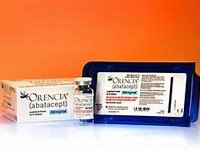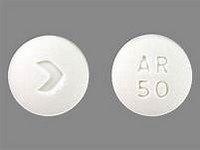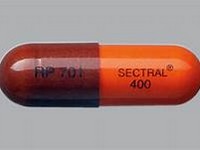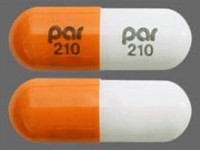Acetylcysteine

Acetylcysteine
CLINICAL USE
Treatment of paracetamol overdose Renal protection during radiological scans involving contrast media (unlicensed) DOSE IN NORMAL RENAL FUNCTION
IV infusion
: Initially 150 mg/kg in 200 mL glucose 5% over 15 minutes, followed by 50 mg/kg in 500 mL glucose 5% over 4 hours, then 100 mg/kg in 1000 mL over 16 hoursRenal protection – see ‘Other Information’ PHARMACOKINETICS
Molecular weight :163.2 %Protein binding :50 %Excreted unchanged in urine : 20–30 Volume of distribution (L/kg) :0.33–0.47half-life – normal/ESRD (hrs) :2–6/– DOSE IN RENAL IMPAIRMENT
GFR (mL/MIN)
20 to 50 : Dose as in normal renal function 10 to 20 : Dose as in normal renal function <10 : Dose as in normal renal function. See ‘Other Information’ DOSE IN PATIENTS UNDERGOING RENAL REPLACEMENT THERAPIES
CAPD :Likely to be Dialysed. Dose as in normal renal function HD :Dialysed. Dose as in normal renal functionHDF/high flux :Dialysed. Dose as in normal renal functionCAV/VVHD :Likely to be Dialysed. Dose as in normal renal function IMPORTANT DRUG INTERACTIONS
Potentially hazardous interactions with other drugsNone known ADMINISTRATION
Reconstition
Glucose 5% Route
IV, PO (PO route unlicensed in the UK) Rate of Administration
See under Dose Comments
Children should be treated with the same doses and regimen as adults; however, the quantity of IV fluid should be modified to account for age and weightAcetylcysteine has been administered neat or in a 1 to 1 dilution using an infusion pump. These are unlicensed methods of administrationMinimum dilutions can range from 100–250 mL. It is advised to give strong solutions centrally. (UK Critical Care Group, Minimum Infusion Volumes for fluid restricted critically ill patients, 3rd Edition, 2006) OTHER INFORMATION
Bennett recommends administering 75% of dose for patients with severe renal impairment; however, Evans Medical does not recommend a dose reduction and, from its records, neither does the National Poisons CentreThere is some evidence that acetylcysteine may have a renoprotective effect during scans involving the use of contrast media, in patients with already impaired renal functionDose = 600 mg PO BD the day before the scan, repeated the day of the scan, together with IV or PO fluids. Injection may be taken orally, or tablets are available from IDISAlternatively, give 1 g acetylcysteine IV in 500 mL sodium chloride 0.9% or dextrose 5%, the day before the scan, repeated the day of the scan
See how to identify renal failure stages according to GFR calculation
See how to diagnose irreversible renal disease
Home









